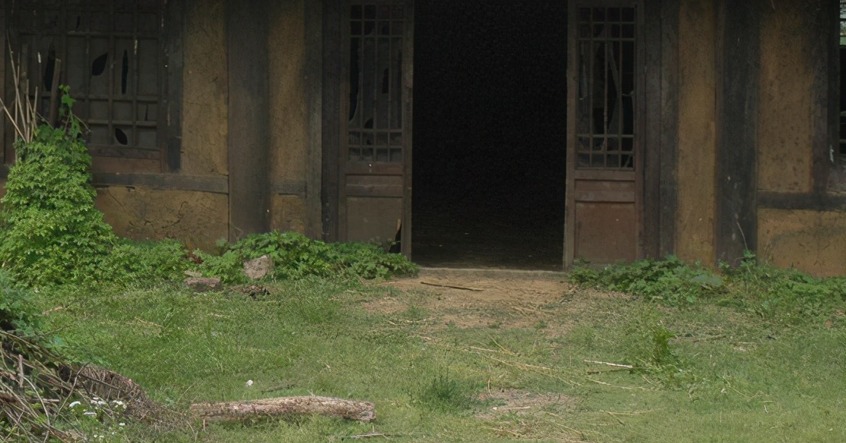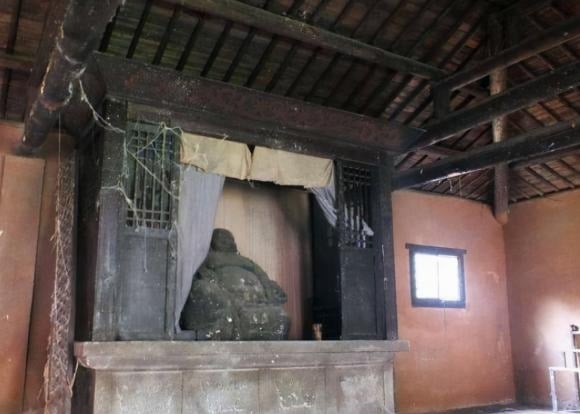In ancient times, if you were alone in the wilderness at night, would you choose to sleep in an old shrine or next to an abandoned tomb?
There’s an old saying: “It’s better to sleep in an abandoned tomb than in an old shrine at night.” This implies that spending the night in a graveyard is preferable to staying in an old temple. But why is this the preferred choice?
The first reason lies in the lack of periodic maintenance and repairs of old shrines.
These ancient wooden structures, left untended over the years, become susceptible to insect infestations and wood rot. This poses a potential hazard to anyone seeking shelter within.

The ancient wooden temples, without proper maintenance, fall prey to insect infestations and wood rot over time.
As such, sleeping in an abandoned shrine is deemed too risky by our ancestors, who often opted to rest beside a tomb. Although this choice may seem scarier, it was the safer option under the circumstances.
The second reason stems from a fear of wandering spirits and ghosts.
While many people avoid abandoned tombs due to spiritual concerns, ancient shrines are no less daunting in this regard.
Our ancestors believed that if a shrine was left unvisited and unadorned with offerings and incense, the gods may have abandoned it, leaving room for malevolent spirits to take residence. In contrast, an abandoned tomb, with its occupant’s soul already reincarnated, posed less of a spiritual threat.
The third reason delves into the nature of humanity.
Even for those ancient folks who didn’t believe in ghosts and spirits, this wasn’t the sole reason they were reluctant to stay in old shrines at night. Fear of the supernatural played a part, but the larger concern was rooted in human psychology.

The absence of believers and residents in a shrine can invite unwanted human intruders, posing a threat to life and property.
A shrine, by its nature, requires the presence of devotees to thrive. If a shrine becomes deserted, it’s often because it has been forsaken. With no surrounding homes or residents, not even monks, the shrine falls into disrepair and is left abandoned.
Imagine such a place with no guardians. Malevolent humans, akin to robbers, could take advantage of the isolation and lie in wait to attack anyone seeking refuge in the shrine. This poses a grave threat to one’s life and possessions.
On the other hand, if you’re in an abandoned tomb, whether in a dense forest or remote mountains, you at least have a wider field of vision. Even if there are ill-intentioned people nearby, you have a chance to spot them and escape. However, if you’re trapped in a shrine with only one blocked entrance, the risk is significantly higher.
Thus, each perspective of our ancestors had its reasons and considerations, grounded in practical concerns rather than mere superstition.






































